7 steps to better email marketing
Email is heavily used in marketing because it works. It’s an efficient way to communicate a message and promote products. But that doesn’t mean it’s easy or that it always yields the same results because it doesn’t. We all want to send better marketing emails, but there are many things that we need to take into consideration each time we prepare an email campaign. The learning process involves a lot of testing, tracking, tinkering, and reiteration.
The good news is that there are some guidelines that can help any marketer with his email marketing strategy.
We made a list of 7 steps you should follow to improve the overall quality of your emails.
Email marketing best practices
Step 1: Start with the segmentation
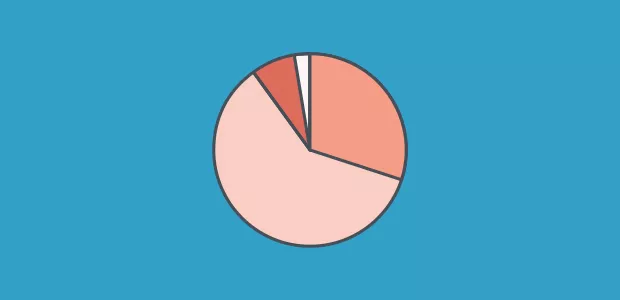
Email segmentation means splitting your subscribers into several groups based on specific criteria and sending marketing emails in separate batches. By sending specific messages to specific groups you can improve your email campaign’s results in many ways. It’s important to start with the segmentation because it dictates the type of emails you need to write for each segment.
Segmentation ideas:
- by location
- by interests
- by sociodemographic info (age, gender, profession, etc)
- by signup date (it’s recommended to remove inactive users)
- by activity (visits to certain pages, purchases, clicks, etc)
These are just a few, very common segmentation ideas. It doesn’t mean that you should try all of them, choose only what makes sense for your business. For a local business, it doesn’t make sense to split your customers into country segments, but if you have customers from all over the world, you should consider the idea of sending personalized email offers by country.
Mailchimp has published a study they did on about 11 000 segmented campaigns and non-segmented campaigns. The full report, published here, is a very convincing argument that we should always start with the segmentation. Here are just the global results:
Opens: 14.13% higher than non-segmented campaigns
Unique Opens: 10.22% higher than non-segmented campaigns
Clicks: 63.03% higher than non-segmented campaigns
Bounces: 1.48% lower than non-segmented campaigns
Abuse Reports: 6.36% lower than non-segmented campaigns
Unsubs: 10.16% lower than non-segmented campaigns
Step 2: Personalize your emails

When somebody addresses you by your name it feels like that person has a personal connection with you. Things are fairly similar in written communication, and that includes email.
You can personalize an email in various ways
- by using the recipient’s name in the body or subject line
- by making references to the user’s location or some actions performed on your website. On a psychological level, this makes the recipient feel like you established a connection so he/she is more likely to buy from you
How efficient is this really? Let’s see some numbers. According to a study made by Experian Marketing Services personalized promotional emails lifted the transaction rates 6 times higher than non-personalized emails. That is huge!
The biggest challenge with personalization is gathering enough and accurate data, but even a little personalization is better than no personalization at all.
Step 3: Find the best time to send email

There isn’t a universal best time or best day to send an email, because that depends on your audience. Things get even more complicated when you have to send emails across different time zones. However, here are some guidelines that can help.
Generally, the middle of the week works well (Tuesday, Thursday, and Wednesday). At the opposite pole sits the weekend, when open rates are usually very low.
The best time of day to send email is usually late-morning when people get to the office and open their emails.
However, your audience might be different. If you haven’t already, test this out.
Another great idea is to record the time when somebody subscribed to your newsletter, and send all future newsletters at the same time, automatically. Chances are, the person will be online at the same time and this will increase the open rate.
Step 4: Write a compelling subject line

The subject line is what makes the difference between people opening your email or not. This is why it is super important to pay attention to what you say in those few words.
There’s a lot to say on this, but since the subject line is only 1 of the 7 steps, I’ll list here a few ideas / general rules:
- It shouldn’t exceed 50 characters
- Use questions when appropriate
- Use sentence case, not title case, and certainly not ALL CAPS (Capitalize only the first letter of your subject line)
- Avoid “spammy” words: Free, $$$, Cash, Earn, Click, Sale, Bonus, etc. See a full list here
- Curiosity, urgency, and benefits are 3 different approaches that generally work well for subject lines
- The subject line should give the recipient an idea of what the email is about
Step 5: Include a call to action in your copy
… and preferably only one
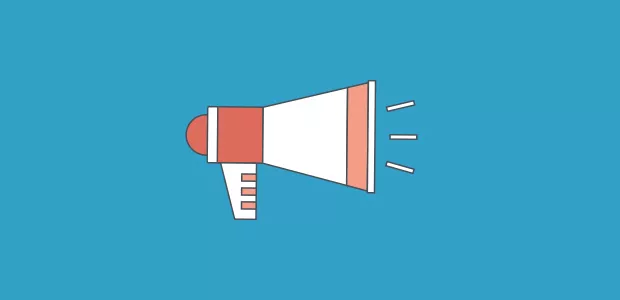
The call to action refers to a short instruction that asks the reader to perform a specific action: visit a webpage, buy something, click here, read this, try, etc. Most marketing emails are promotional and their purpose is to boost sales.
The call to action is usually placed at the end of the text and it takes the form of a link or a button.
Effective calls to action use the imperative form of the verb, so instead of saying: “You should read this” say “Read this”.
We also recommend you to mention some benefits along with the call to action, to have an even more powerful email.
Step 6: Don’t hide the unsubscribe link
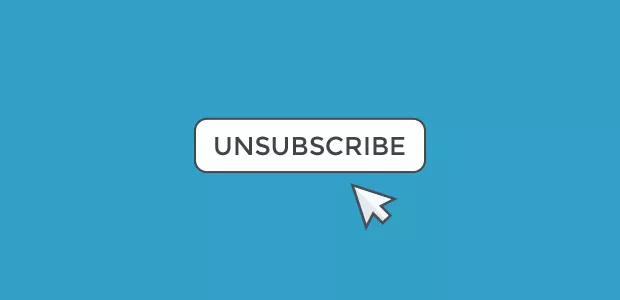
Marketers want to grow their email lists, so they are doing their best to keep people from clicking that unsubscribe button. But hiding or removing it completely from your email template is a huge mistake. It will hurt you in the long run.
If I’m bored or not interested in your products anymore, I will look for the Unsubscribe link. If I don’t see it, I’m going to mark your email -> spam. And I won’t be the only one doing it, so soon enough you’ll notice that your emails are ending up in the spam folder. There might be a bit of a learning curve, but you’ll see great results if you take the time to learn the basics of improving email deliverability.
Step 7: Test, Measure, and repeat
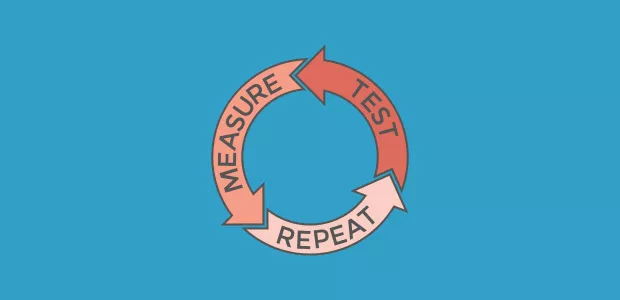
This is general advice that can be applied to all marketing, but it certainly is a great idea for email marketing.
It’s very easy to a/b test your subject line on a small batch of subscribers, and send the best performing version to the majority of your customers. But you can do lots of other different tests on:
- call to action
- different templates or no template (plain text)
- date and time
- discount rates
- “From” line
Testing is not enough. You need to also take the time to analyze the results. You’ll be rewarded with some insights that will help you send better emails. There’s always room to grow, no matter if you are just starting out in the world of marketing or if you are already an experienced marketer. The best way to learn is by trying.
This is where our list of email marketing best practices ends.
Do you have any other suggestions or email marketing tips?
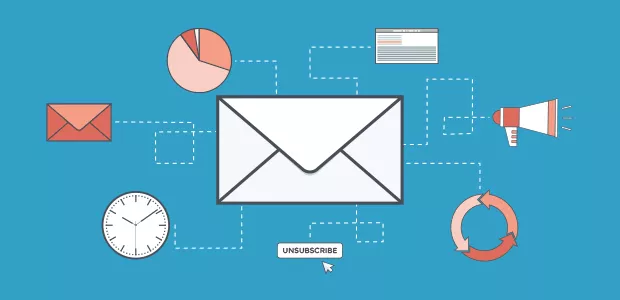

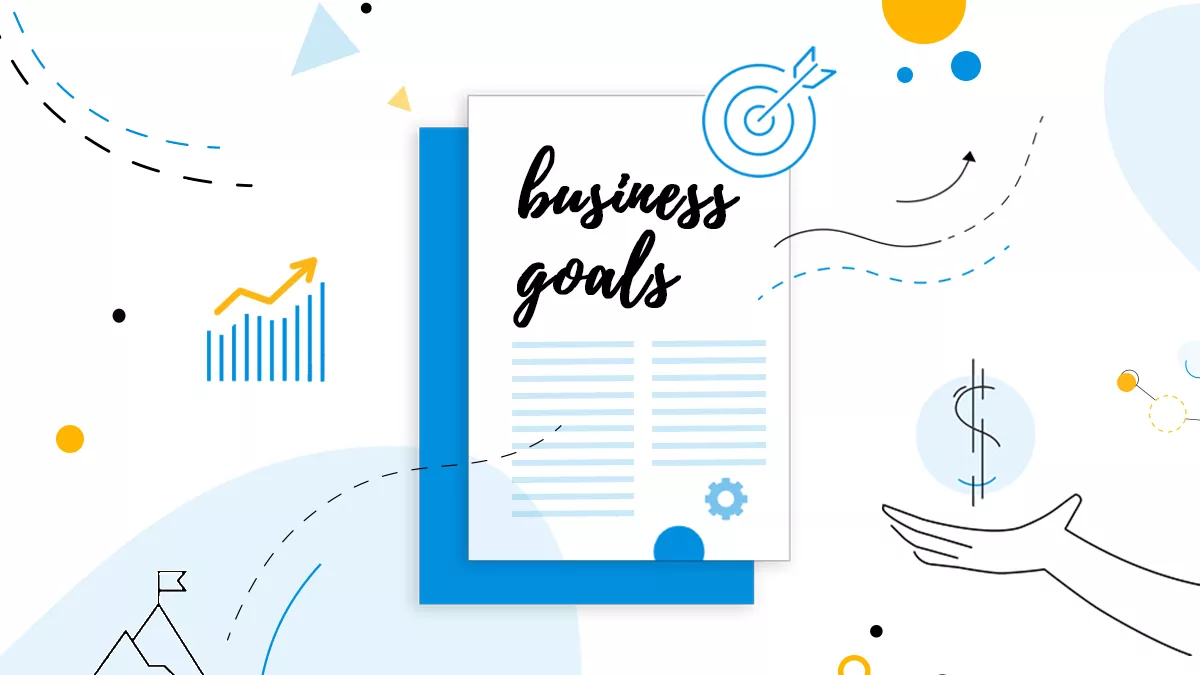

When looking into ways of growing your email list, you need to ensure that you build your content. Good content always attracts more people. Those that you have on your mailing list will often share good content with others, which increases your probability of growing your email list.
E-mail marketing is something which needs proper study before implementing because you would never know the action of your reader after reading your email. So, it becomes our priority to have a proper study of our audience before sending an email. The methods discussed here are very good and perfectly explained.
The data revealed after segmentation is quite shocking as it is revealing some serious numbers. On my blog, I test different approaches for email marketing and after collecting the raw data, it is important to analyze the raw data to reach meaningful information.
Nice to read the article.
An insightful article, with a great introduction to the intricacies involved in improving e-mail marketing. It’s interesting that the importance of the subject line has been touched on, and how it is in the difference between whether an e-mail is opened or not; however a more certain method that could be explored is through SMS. My data from my customers shows 98% of them open their SMS messages.
Great tips for improving email marketing! Building a quality email list and personalizing content are game changers. Thanks for the insightful guide!